First Aid for Fish: Did you know giving first aid fast can help fish survive better? If you keep fish, it’s key to be ready for anything that might go wrong. Things can go south in your fish tank, but knowing what to do can up your fish’s survival odds.
Table of Contents
First Aid for Fish : Key Takeaways
- Having a full first aid kit is key for helping your fish in emergencies.
- Usual emergencies include bleach spills, ammonia spikes, soap getting in, tank cracks, electric issues, power cuts, and injuries from other sea creatures.
- Act fast to get rid of bad chemicals, change the water, and watch your fish for any trouble signs.
- Learn the right first aid moves for specific injuries from sea animals.
- Putting your fish’s safety first is a must, and get an expert’s advice when necessary.
Essential Tools for Your Fish First Aid Kit
Having a well-equipped first aid kit is key for your fish’s care. This kit needs a variety of tools and supplies to handle fish emergencies. It ensures the health and safety of your aquatic pets. Let’s look at some important items for your fish first aid kit:
Aquarium Filter:
It’s crucial to have a spare aquarium filter. If your primary filter fails or needs replacing, this spare will keep your tank’s water clean.
Fresh Activated Carbon (AC):
Activated carbon removes impurities and toxins from water effectively. A fresh supply in your kit helps you address water quality issues fast.
Air Check Valves:
Air check valves stop water from going back into your air pump. This protects the pump from damage. Adding extra valves to your kit means you can replace any faulty ones quickly.
Aquarium Water Test Kit:
Checking your tank’s water regularly is vital for fish health. A water test kit allows you to assess and adjust key parameters like pH and ammonia. This helps maintain a healthy environment.
Hospital Tank:
A hospital tank is used for isolating and treating sick or injured fish. It offers a controlled environment for recovery and medication.
Appropriate Sized Fish Nets:
Having fish nets of various sizes is essential. They let you catch or move your fish safely, without causing stress or harm.
Aquarium-Safe Sealant:
For a cracked or leaky tank, aquarium-safe sealant is a must. It allows quick repairs, preventing further damage. Always choose sealant made for aquariums to keep your fish safe.
Unused Buckets or Containers:
Unused buckets or containers are handy for water changes or acclimating new fish. Ensure they are clean, used only for your aquarium, and chemical-free.
Water Conditioner and Ammonia Neutralizer:
Water conditioner removes harmful substances from tap water, making it fish-safe. Ammonia neutralizer quickly treats ammonia spikes, protecting your fish from harm.
Bleach:
Though surprising, bleach is useful in a fish first aid kit for disinfecting or treating emergencies, like parasites on plants. Use it carefully and only as instructed.
By stocking these essential tools and supplies, you’re ready for most fish emergencies. Regularly check your kit, refilling any used or expired items, to stay prepared.
Dealing with Bleach Accidents in Your Fish Tank
Spilling bleach in your fish tank can be really bad for your fish. But, you can do things to help them.
First, if bleach spills into your tank, use water conditioner right away. It stops the chlorine from harming your fish.
Next, change half the water in the tank. This dilutes any left-over bleach. It makes the tank safer for your fish.
Also, put new activated carbon in the filter. Activated carbon is great at soaking up chemicals. It will clean up after the bleach spill.
Watch your fish carefully after the accident. Look for any strange behavior or signs they’re not okay. If something seems wrong, you might need to do more to help them.
Learning how to treat injured fish and care for them is key. Acting fast and caring properly can save your fish.
| Treatment Steps | Explanation |
|---|---|
| 1. Dose the tank with water conditioner. | This neutralizes the chlorine from the bleach, preventing further harm to your fish. |
| 2. Perform a 50% water change. | Dilute any remaining bleach in the tank and create a healthier environment for your fish. |
| 3. Add fresh activated carbon. | Activated carbon effectively removes any remaining chemicals or impurities caused by the bleach accident. |
| 4. Monitor fish closely. | Observe their behavior and look for signs of distress or injury. Take further action if necessary. |
Handling Ammonia Poisoning in Your Fish Tank
Ammonia poisoning is a big problem for your fish. If you think there’s ammonia in your tank, you must act fast. This prevents more harm. Using a chemical that neutralizes ammonia, fish illness treatment can reduce ammonia’s harmful effects. Here’s what you should do:
- First, change half of the water in the tank. This fish care technique lessens the toxic effects on your fish immediately.
- Next, put new activated carbon in the filter. Activated carbon is key in getting rid of any leftover ammonia, helping in fish emergency care.
- Keep a close eye on your fish for any trouble signs. Look for them gasping for air, not eating, or moving slowly.
- If symptoms continue or get worse, talk to a vet or an expert in fish illness treatment for more help.
Ammonia Poisoning Prevention Tips:
- Always check the water, including ammonia levels, to spot any problems early.
- Keeping the tank clean, with regular water changes and filter care, stops ammonia from building up.
- Make sure your tank has a good nitrogen cycle. It lets good bacteria change ammonia into safer substances.
By dealing with ammonia poisoning quickly and preventing it, your fish can have a safe and happy home. Next, we will talk about how to handle soap getting into your aquarium.
Dealing with Soap Contamination in Your Fish Tank
Soap in your fish tank is dangerous for your fish. Even a little bit can be harmful. If soap gets into your tank, quickly move the fish to new water. Use a filter with new activated carbon and change the water often. This removes any soap traces. Also, clean the tank, filter, and any equipment well to avoid more contamination.
Soap in a fish tank can seriously harm your fish. Soap’s chemicals are toxic, especially to their breathing. Quick action is key to reduce harm and help your fish survive.
Here are the steps to effectively deal with soap contamination in your fish tank:
- Transfer the fish to completely new water: To keep the fish safe, move them right away to a tank or container with clean, dechlorinated water. This stops further harm and helps them breathe easier.
- Use a filter with fresh activated carbon: Activated carbon removes impurities and smells well. A filter with new activated carbon can get rid of soap leftovers.
- Perform frequent water changes: Changing the tank’s water regularly helps dilute and remove any soap left. This improves the water’s quality, making a healthier place for the fish.
- Clean the tank and equipment: Clean the tank, filter, and any equipment touched by the soap well. Use a safe cleaner for aquariums and rinse well to ensure all soap is gone.
By acting fast, you can lower the risk to your fish and help them recover. Remember, preventing soap from getting into the tank is the best approach. Be careful with soap and cleaning products near your fish tank to prevent spills.
| Steps to Deal with Soap Contamination in Your Fish Tank |
|---|
| 1. Transfer the fish to completely new water |
| 2. Use a filter with fresh activated carbon |
| 3. Perform frequent water changes |
| 4. Clean the tank and equipment |
Steps to Take for a Broken Fish Tank
If your fish tank breaks, it can be a stressful situation for both you and your fish. However, there are steps you can take to ensure the safety and well-being of your aquatic friends. Here is a guide on what to do if your fish tank breaks:
Get your fish into conditioned water
The first and most important priority is to transfer your fish into conditioned water as quickly as possible. This will help minimize any shock they may experience due to the sudden change in environment. If you have spare aquarium water available, use that. Otherwise, prepare fresh dechlorinated water with the appropriate temperature and pH levels for your fish.
Preserve the beneficial bacteria
The filter media in your broken tank contains beneficial bacteria that are vital for maintaining the water quality and the overall health of your fish. To preserve these bacteria, keep the filter media wet. If transferring the filter to a new container is not feasible, place the wet media in a sealed bag and store it in the refrigerator. This will help maintain the bacteria’s viability until you can set up a new tank.
Seek a new tank
Once your fish are safe and the filter media is preserved, it’s time to look for a new tank. Consider the size and needs of your fish when selecting a new tank. Make sure it is properly cycled and set up before transferring your fish back into their permanent home.
Follow proper cycling procedures
Properly cycling your new tank is crucial for the health and safety of your fish. Allow the tank to establish the necessary beneficial bacteria before adding any fish. This usually takes a few weeks, depending on the tank size and the cycling method used. Monitor the water parameters closely during this time to ensure a stable and healthy environment for your fish.
By following these steps, you can minimize the stress and potential harm caused by a broken fish tank. Remember to always prioritize the well-being of your fish and take the necessary precautions to provide them with the care they need.
Safety Measures for Shorted Electrical Equipment in Your Fish Tank
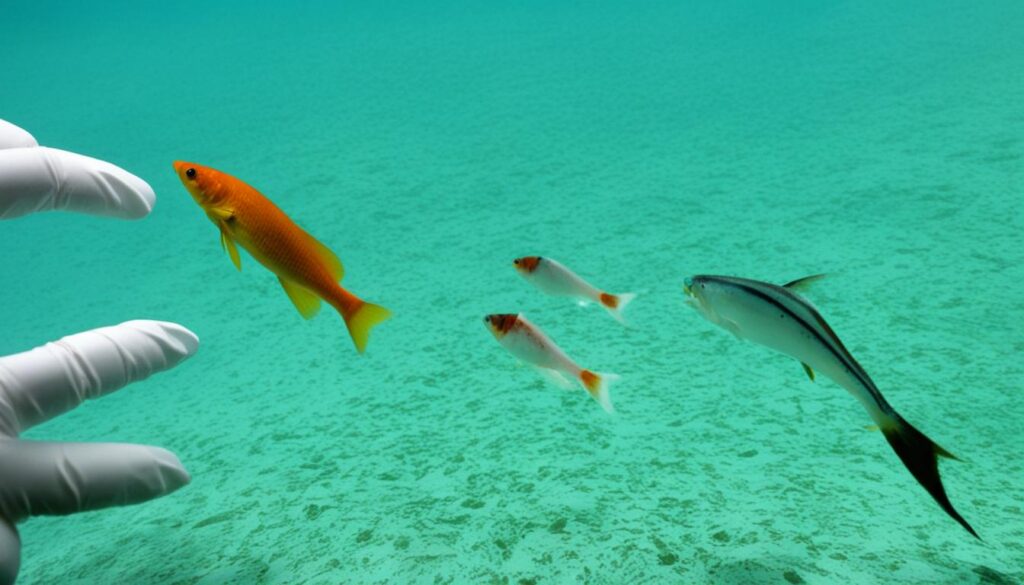
If you think there might be a short in your fish tank’s equipment, always put safety first. Acting quickly can prevent harm to your fish and avoid bigger problems. Here’s what you should do:
-
Cut the power: First, shut off the power supply to your fish tank area. This prevents electrical accidents and keeps both you and your fish safe.
-
Unplug the equipment: With the power off, unplug the equipment. This step reduces the risk of more issues and protects your fish tank.
-
Consider using an aquarium grounder: An aquarium grounder adds extra safety. It redirects electrical surges away from your fish and equipment.
-
Use a GFCI outlet: Plug your tank’s equipment into a Ground Fault Circuit Interrupter (GFCI) outlet. The GFCI outlet stops power instantly if there’s a fault, keeping your fish safe from accidents.
By taking these steps, you protect yourself and your fish from the dangers of electrical problems. Always make safety your priority and act quickly to prevent more issues.
| Electrical Safety Tips | Fish Care Techniques | Fish Emergency Care |
|---|---|---|
| Ensure proper grounding | Monitor water quality | Emergency tank setup |
| Keep cables away from water | Proper nutrition and feeding | Recognizing signs of distress |
| Regular equipment maintenance | Provide appropriate tank environment | Administering first aid |
Coping with Power Outages in Your Fish Tank
Power outages pose a threat to your fish’s well-being. Problems like ceased filtration, heating, and aeration can occur, putting your pets at risk. To protect them, here are vital emergency care and first aid tips:
Check for Air Line Siphoning
Power outages can cause backflow in your tank’s air lines. This may lead to water siphoning back into the air pump and causing damage. Look for signs of this issue. You should unplug the air pump until power comes back on.
Consider Using a Battery-Powered Air Pump
A battery-powered air pump is a great backup during outages. It keeps oxygen flowing to your fish when there’s no power. Having one is crucial for your fish care toolkit.
Check Filter Functionality
After an outage, some filters might need priming. Once power is back, check your filter to ensure it works well. Keeping water clean is key to your fish’s health.
Perform Water Changes
In a long outage, do partial water changes to keep water clean. This helps remove toxins and avoids ammonia spikes. Make sure new water is safe before adding it to the tank.
Outages are tough on you and your fish. But following these care tips can help lessen the stress. Always watch your tank for any distress signs. Don’t hesitate to seek professional help if needed.
Medicating Your Fish Tank for Various Conditions
Sometimes, your fish need medicine to stay healthy. It’s key to know what’s wrong before giving any medication. If you’re not sure about the illness, there are general medications available. They work against bacteria, fungi, and parasites. These treatments are well-researched and help in fish care.
When giving medicine, set up a quarantine tank. This stops diseases from spreading to other fish. In this special tank, you can watch your fish without risking others.
After picking the right medicine, follow the directions on how to use it. This includes how much to give and for how long. Watching your fish during treatment is important to see if they get better.
Table: Common Fish Medications
| Medication | Targeted Conditions | Usage |
|---|---|---|
| Aquarium Pharmaceuticals Melafix | Bacterial infections, fin rot | Follow package instructions for dosage and treatment duration. Treat in a separate quarantine tank. |
| Hikari Prazipro | Parasitic infections, flukes, external parasites | Administer as directed on the package. Use in a quarantine tank. |
| API Pimafix | Fungal infections | Follow usage instructions for dosage and treatment duration. Treat in a separate tank. |
For expert advice on fish health, talk to a fish vet or an experienced aquarist. They can offer help in choosing the right treatment for your fish.
Using the right medicine, setting up a control environment, and keeping an eye on your fish can help. This way, you can treat various conditions and make your aquarium healthier.
Conclusion
It’s essential for any fish owner to know how to handle emergencies. With a first aid kit ready, you can help your fish recover quickly. Being ready for issues like bleach spills or power failures is key to keeping them safe.
Preventing problems is as important as fixing them. Learn about fish health and care. By checking water regularly and keeping their home stress-free, you help your fish stay healthy.
If things get serious, or you’re unsure, getting help from a pro is a smart move. Vets who know about fish can offer top-notch advice and care.
Being informed and ready helps you make a great home for your fish. This way, emergencies are less likely and your fish can thrive.
FAQ
What should be included in a fish first aid kit?
How do I handle a bleach accident in my fish tank?
What should I do if there is ammonia poisoning in my fish tank?
How do I deal with soap contamination in my fish tank?
What should I do if my fish tank breaks?
What safety measures should I take for shorted electrical equipment in my fish tank?
How do I cope with power outages in my fish tank?
How do I medicate my fish tank for various conditions?
What first aid techniques should I use for hazardous marine life injuries?
References
- International Federation of Online Clubs and Aquatic Societies (IFOCAS)
- Federation of British Aquatic Societies (FBAS)
- Northeast Council of Aquarium Societies (NEC)
- Federation of American Aquarium Societies (FAAS)
- Ornamental Aquatic Trade Association (OATA)
- National Aquarium Society (NAS)

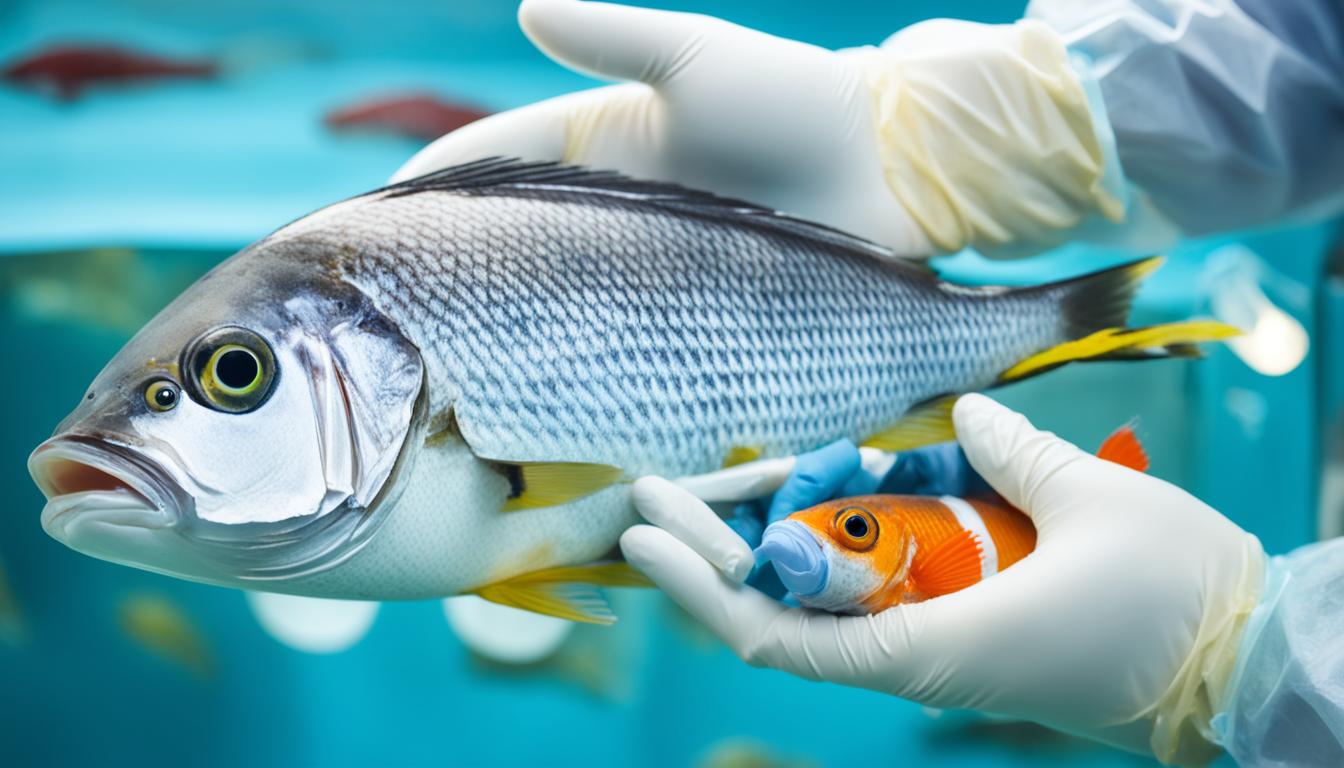

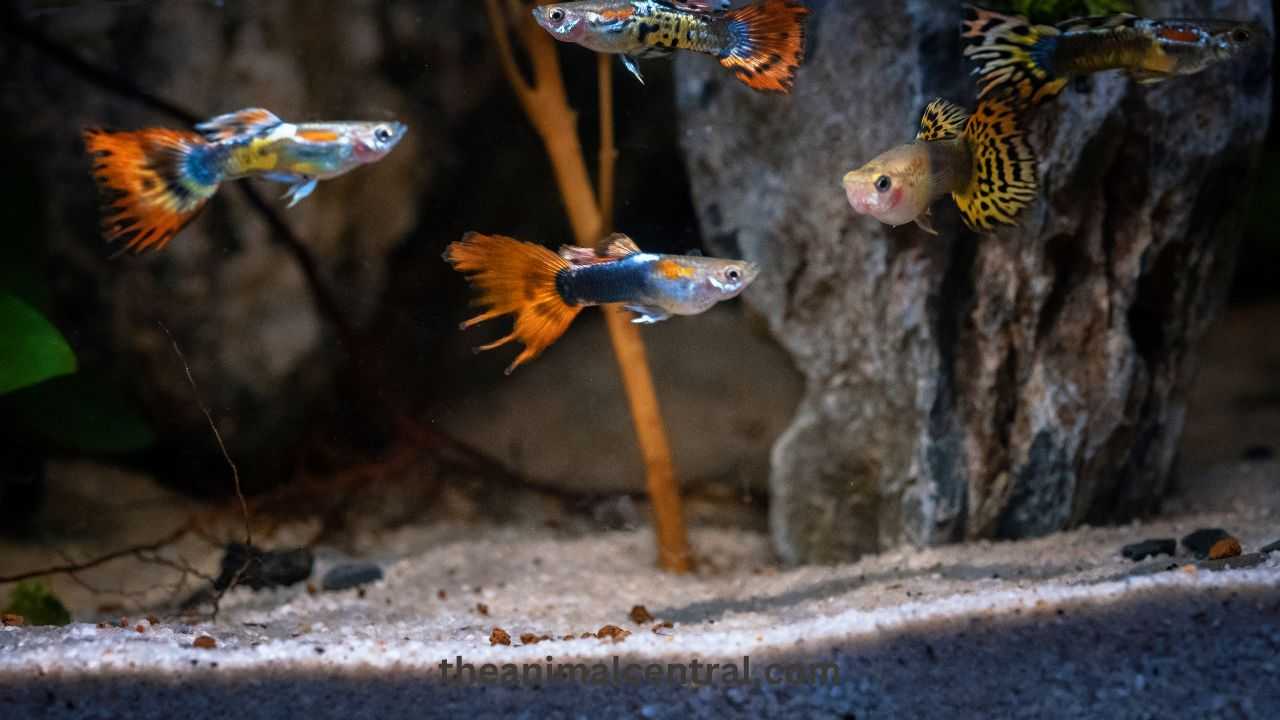
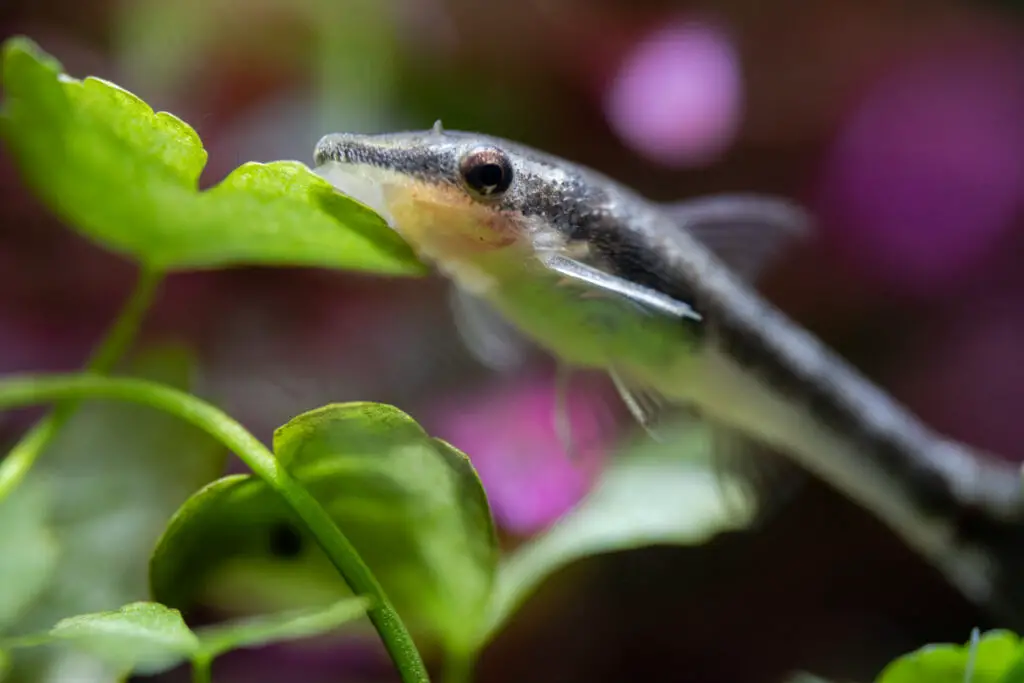
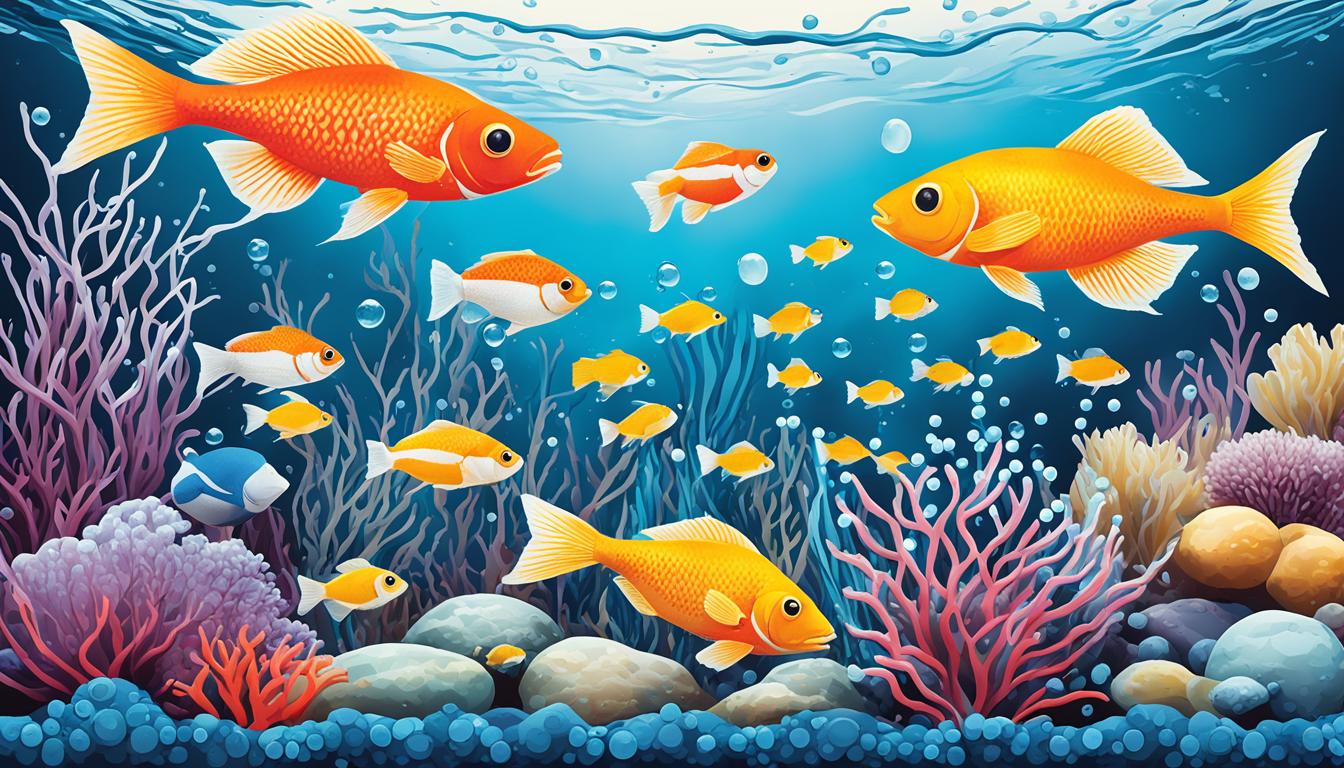
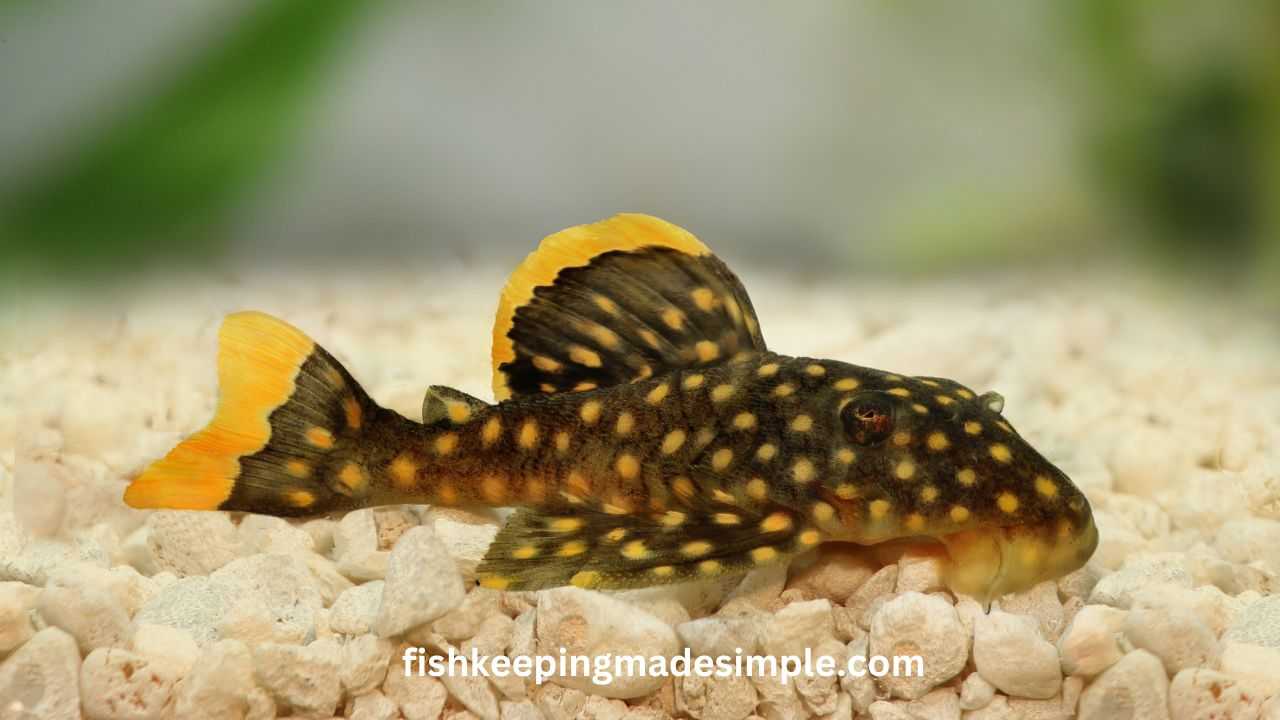
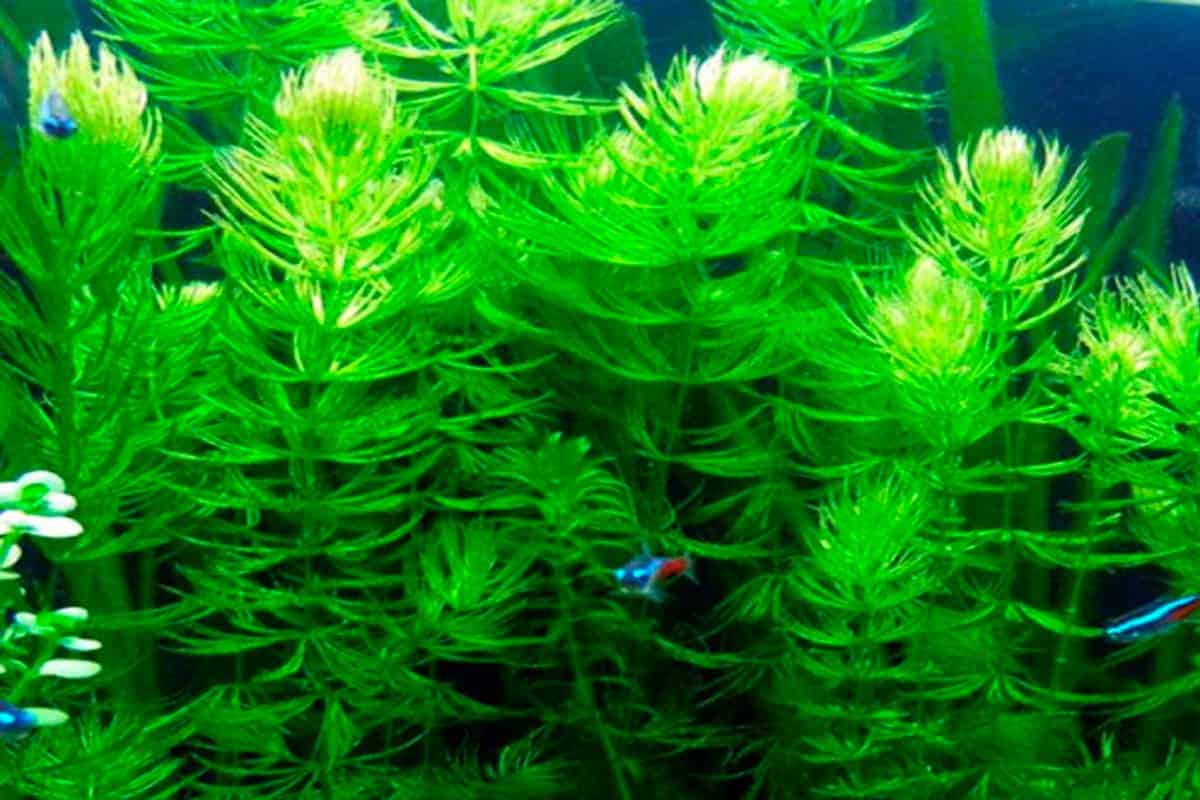
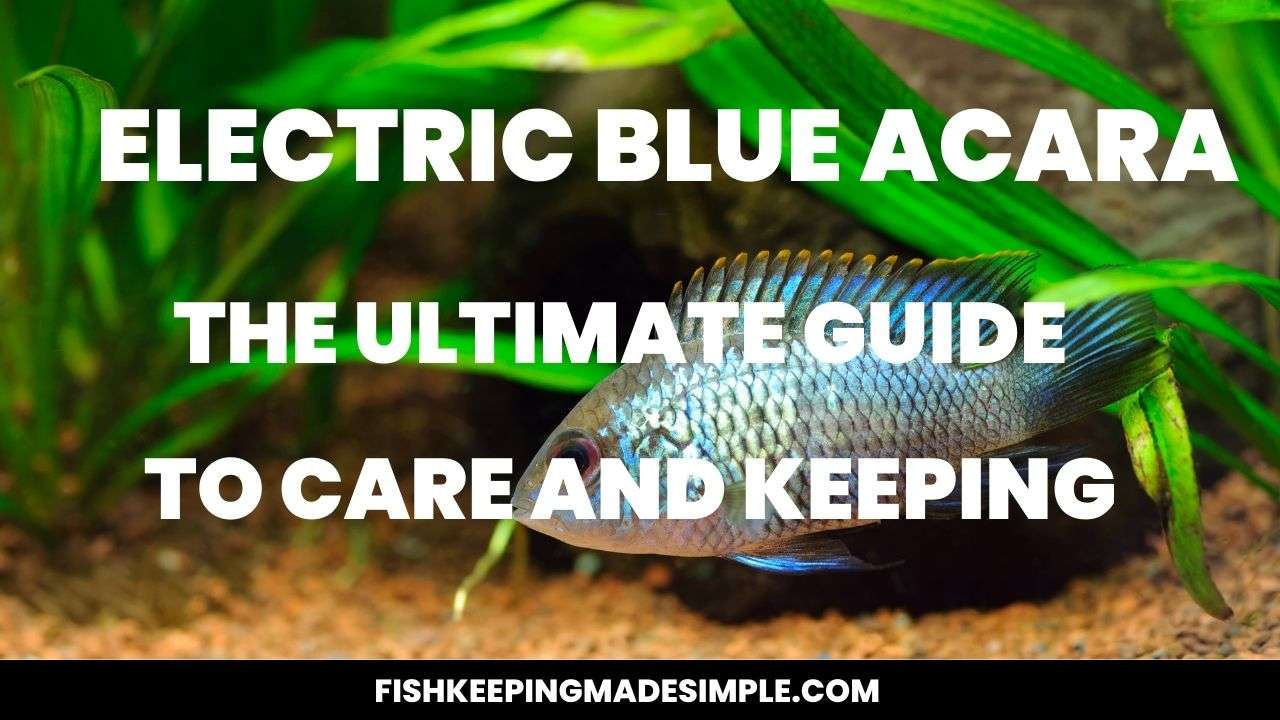
[…] are another commonly available type of fish food. They come in various sizes and shapes and are designed to sink quickly, making them ideal for […]
[…] my guidance, you’ll learn how to create a serene aquatic environment and maintain peace and harmony among your fish. Whether you’re a seasoned aquarium enthusiast or just starting out, this guide is for […]
[…] freshwater fish that originate from the fast-flowing streams and rivers of Asia. These fascinating fish are commonly found in Vietnam, Laos, and Cambodia, thriving in the shallow areas of rivers with strong currents […]
[…] terms of availability in the pet trade, glass fish are not as common as other fish species. However, they can be purchased online from reputable breeders who ensure […]